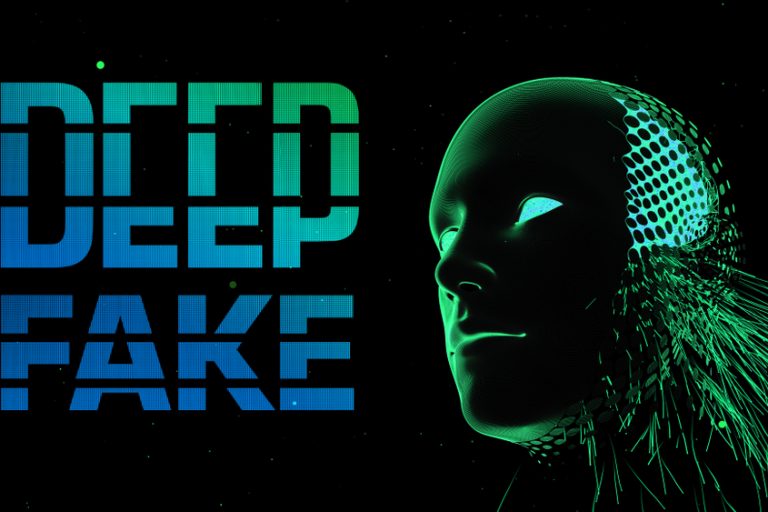My Three Cents

Ken Makovsky
Friday, April 28, 2017Back to the Future (of PR)
In a new report issued by the Annenberg School for Communications and Journalism with The Holmes Report, 87% of agency PR executives (agency and in-house) predict that in five years the term “public relations” will not accurately describe what they will do in their jobs. About half of those polled think that PR itself needs to be redefined. And one-third of agency-side PR practitioners and 41% of corporate communicators call for changing the profession’s name.
Let me tell you why I think they’re wrong.
It is true that public relations’ tools of the trade are substantially more advanced from the industry’s early era, when public relations mostly meant press agentry and publicity. Today in the “modern era,” PR is focusing more on the concepts of “engagement” and “relationship building” (per the Public Relations Society of America website).
I believe that the survey results confuse the accelerating speed and dynamics of communication with the heart of what we do — and what we have always tried to do as professionals — which is to manage relations with publics. And I believe that managing relations with publics has never been more relevant or important or challenging than it is now, or will be in the near future. Think about some of the more visible issues that both brands and the general population have witnessed lately:
- The video taken by a United Airlines passenger, showing how a doctor was roughed up when he was randomly chosen to be removed from the seat he purchased and occupied. (Ultimately it cost the CEO a promotion to Chairman, refunds to all the passengers who were exposed to the incident, and a lawsuit filed by the doctor.)
- The American Airlines incident showing a male flight attendant reducing a young mother holding a baby to tears, also filmed by a passenger via cellphone. (As of this writing, potential repercussions are still pending.)
- The tone-deaf Pepsi commercial in which supermodel Kendall Jenner walks away from a fashion shoot to join a protest march … and hands a can of soda to a policeman as a peace offering. (The brand withdrew the ad within 24 hours, experienced an angry twitter storm and looked foolish.)
- Uber’s CEO berating one of the company’s drivers – broadcast over social media by the driver who was the subject of the rant. (See previous blog concerning Uber’s crisis streak.)
- The haste with which Fox News/20th Century Fox showed Bill O’Reilly to the door after years of widely publicized scandals and financial settlements. (Some 40 advertisers suddenly dropped the show.)
Each of these failures brought serious reputational impacts. Each instance was ultimately the result of an organization misunderstanding how its publics were changing …and how fast, as well as misunderstanding the power and reach of rapidly evolving communications channels. As a profession, we as PR professionals know that PR is not just about broadcasting messages out into the market, but monitoring and adjusting to the attitudes, opinions, and actions of diverse groups of audiences who are very empowered by technology. Audiences today have also become more splintered and polarized, making it harder in many instances to reach broad swathes of the public in one fell swoop.
Perhaps we are wasting our time by participating in studies about redefining PR. We need to do a better job collaborating with our clients’ Chief Communications Officers (CCOs) – to help them educate the C-Suite on navigating the reputational waters in a rapidly morphing communications landscape. And what better source then public relations.











